- Home
- Indoor Pests
- Get Rid of Carpenter Bees
Get Rid Of Carpenter Bees
This post may contain affiliate links so I earn a commission.
Looking for a way to get rid of carpenter bees in your home?
You’ve come to the right place!
One of the least talked about types of bees.....those honey and bumblebees get all the attention, carpenter bees play a valuable role in the ecosystem.
However, they can be absolutely devastating when they set up shop in your home.
So how do you stop them from intruding?
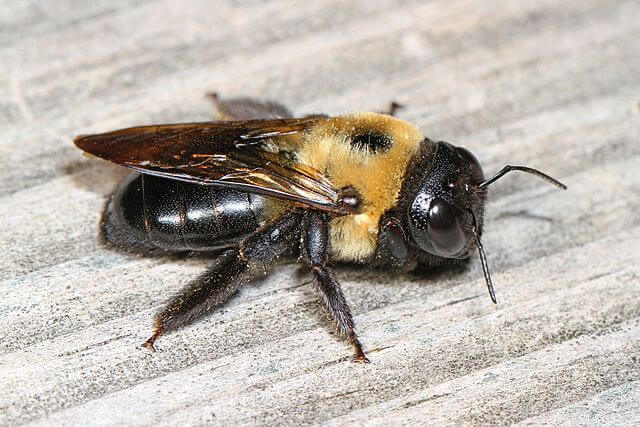
Good news....there are a few simple techniques and tricks you can follow to help protect the wood around your home and to keep the bees from coming back.
Carpenter bees, depending on their classification, can be between a quarter of an inch and an inch long.
These creatures are usually dark in color with a metallic appearance and scant body hair.
Some have yellow markings on their bodies and faces, but they usually won’t be as vibrant as those on a bumblebee.
Like most types of bees, carpenter bees are helpful pollinators, but if they nest in or around your home, they can create a whole host of problems.
They don’t sting often (males aren’t even capable of doing so) but that’s not why they are so dreaded.
It's the damage they cause to wood that makes them such a concern.
Get Rid Of Carpenter Bees - Why Do They Damage Wood?
Despite what many people believe, carpenter bees don’t feed on wood but instead are born into it.
Here, they create nesting areas, or “galleries,” where they lay their eggs in the spring and then hunker down during the winter.
These holes might seem small and inconsequential, but if you had x-ray vision, you would see that these holes and galleries are actually quite intrusive.
They can also be extremely damaging to the structural integrity of your home.
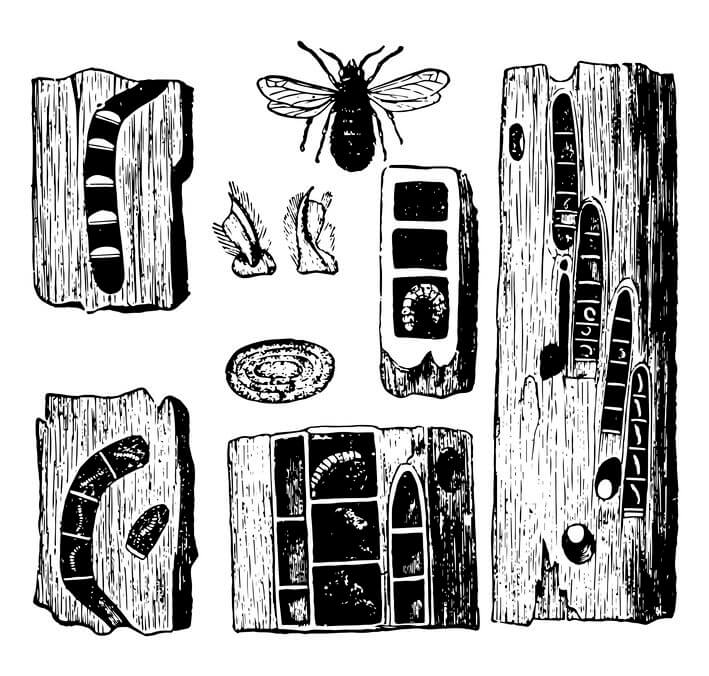
When a carpenter bee builds a nest, it can extend for several feet into your home.
Females are tenacious and recognize that their tunnels take a lot of work (and time) to construct.
Therefore, they return to them, year after year, to continue their work - and continue the damage to the wood.
Over time, carpenter bees can not only completely destabilize the wood in the area they have colonized, but they also attract woodpeckers which only adds to the problem.
Get Rid Of Carpenter Bees - How To Protect The Wood
If you think you might be at risk of a carpenter bee infestation, taking preventative measures is the best way to reduce the likelihood of a more serious problem later on.
Luckily, most of these steps are also effective at keeping out other types of pests, like termites and flies, too.
The best time to start preventing carpenter bees is in the fall.
The galleries are likely to be empty, as young bees will have hatched and flown out and the mature bees will have yet to take up residence for the winter.

Begin by plugging up any holes. You can use caulk or putty to do this.
Carpenter bees are fond of unfinished wood, so you will want to paint or stain any wood surfaces to make them less attractive.
You can also replace worn or weathered wood, especially wood that's used in windowsills, decks, railings, doors, fences, and furniture.
Cover up any exterior entrances to your home by using caulk or fine mesh.
And remember, carpenter bees are almost always more attracted to softwood over hardwood.
They prefer woods like cedar, cypress, redwood, and pine, so if you can eliminate these in your construction processes, that’s all the better.
Signs Of A Carpenter Bee Infestation
Knowing the signs of a carpenter bee infestation is important.
Not only can it help you prevent a problem from developing in its early stages, but it can also help you ensure that it’s a carpenter bee problem that you are dealing with - and not something else, like termites.
Carpenter bees leave circular holes in the wood that are about half- to three-quarters of an inch wide.
They may also leave behind sawdust and wood shavings near the openings along with a faint yellow substance.
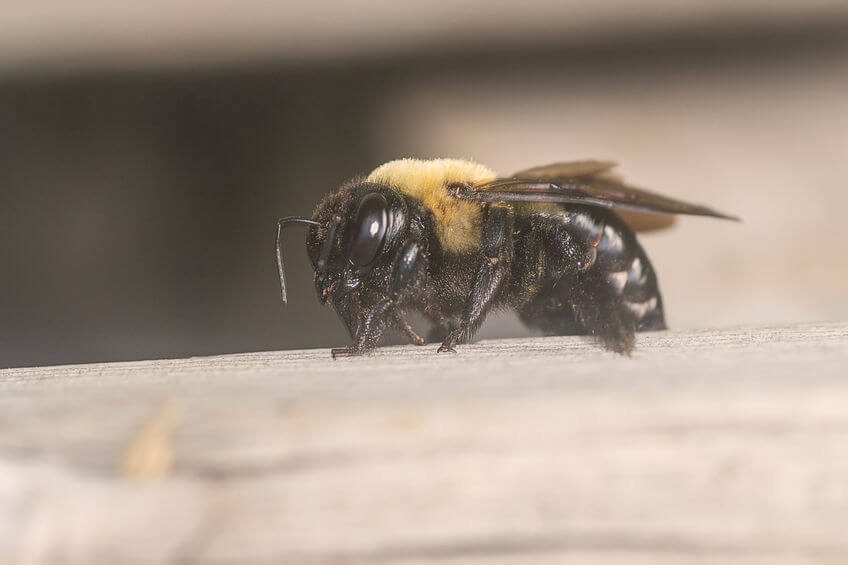
More often than not, the most obvious sign that you have a carpenter bee infestation will be actually seeing the male carpenter bees buzzing around the entry point.
They do this to stand guard and defend their territory.
Again, they aren’t going to sting you - but if you see large numbers of these pests, that’s a good sign you need to take steps now to get rid of carpenter bees.
How To Get Rid Of Carpenter Bees
There are all kinds of treatments you can use to get rid of carpenter bee infestations.
While a large, progressed infestation might require the help of a professional to eliminate, you may be able to tackle the problem on your own.
Carpenter bees, unlike other types of bees, are not known as being social insects.
They don’t normally build large hives so you won’t have large numbers to deal with.
You can use chemical treatments, like carpenter bee sprays or insecticidal dust.

Sprays are effective on newer infestations, especially when applied in the early spring and then periodically throughout the rest of the summer.
Insecticidal dust may be necessary if you have a long-term infestation.
It prevents the bees from reproducing and must be applied directly to the hole.
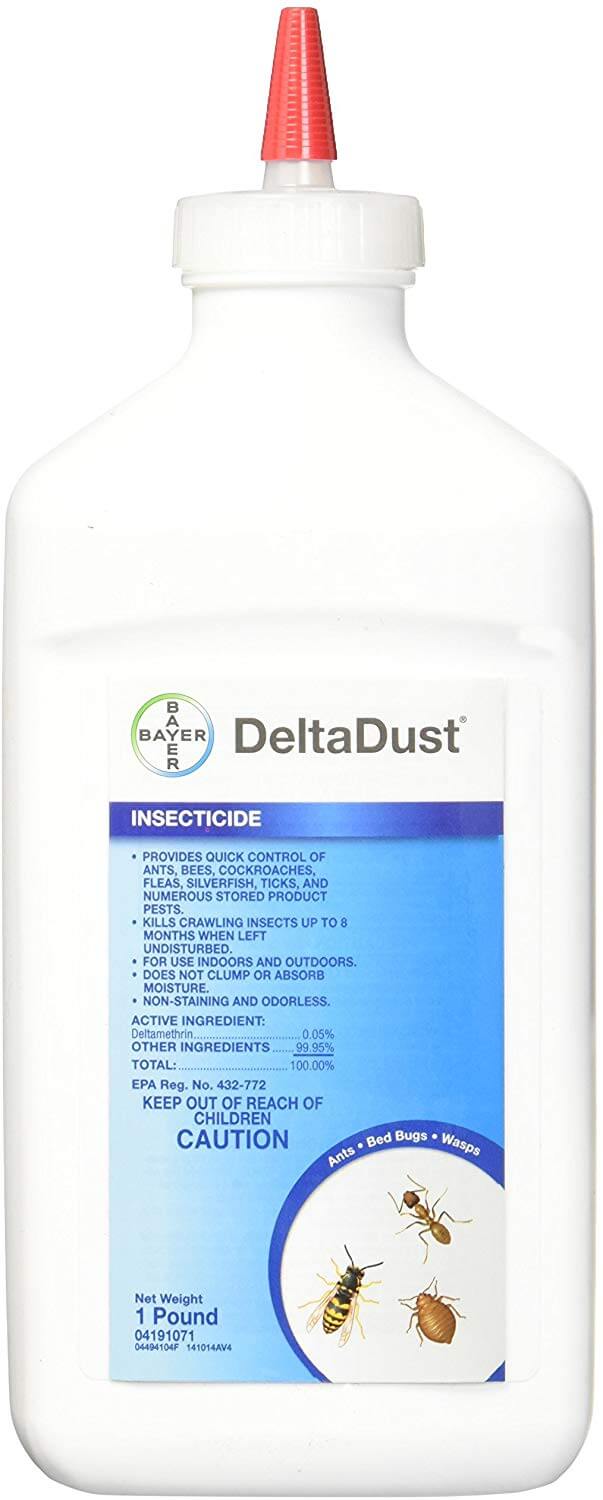
Just keep in mind that these treatments can be caustic, so you’ll want to wear gloves and protective eyewear.
Avoid using them if pets or children are likely to investigate and get in the way.
There are several natural treatments you can employ, too.
Traps can be purchased or built and hung directly above the entry point.
They attract carpenter bees, who think the trap is a nest and then cannot get back out.
Using traps to get rid of carpenter bees works great because they kill carpenter bees but won't attract honey bees or other non-targeted insects.
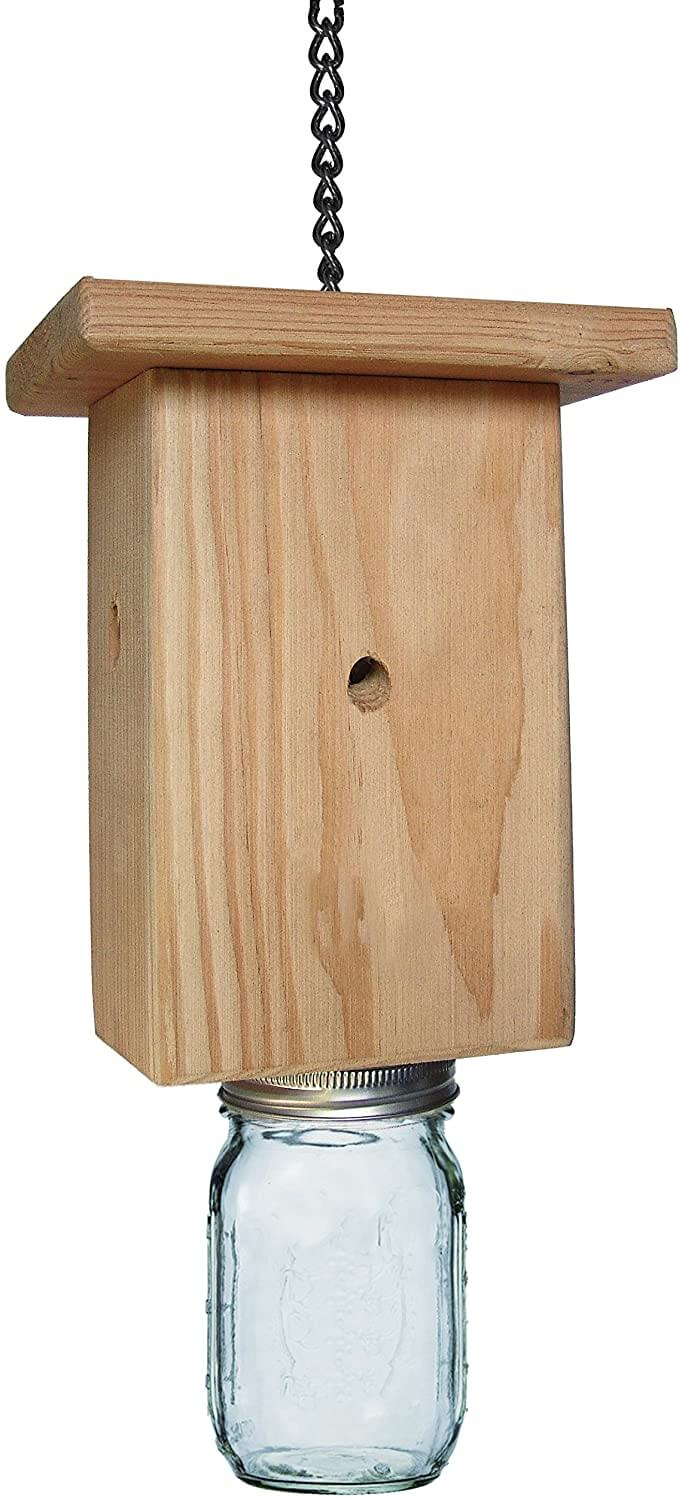
You'll need to give the traps a few weeks to work for best results.
In fact, after you catch your first couple of carpenter bees, these bees will actually serve as an attractant.
After a couple of weeks, don't be surprised if the jar is half full!
If you don't want to use a trap, there are essential oils that you can use around the holes in your deck or fence posts too, such as citrus or almond oil.
Some people even employ natural techniques like playing loud music next to the site of the infestation.
This may seem silly, but scientists believe that vibrations repel bees.
If you employ one of these tactics, know that they are only temporary solutions.
You will have to fill in the holes immediately to prevent the wily carpenter bees from returning.
Gid Rid Of Carpenter Bees - Overall
When in doubt, the best way to permanently get rid of carpenter bees infestation is to contact a licensed pest control professional.
That way, you can guarantee that your bees have left the building and they are gone for good.



